
Allan Dwan was a pioneering Canadian-born American motion picture director, producer, and screenwriter.
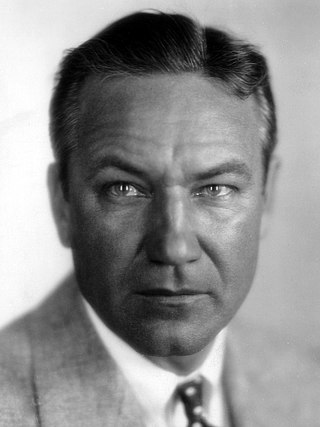
Victor Lonzo Fleming was an American film director, cinematographer, and producer. His most popular films were Gone with the Wind, for which he won an Academy Award for Best Director, and The Wizard of Oz. Fleming has those same two films listed in the top 10 of the American Film Institute's 2007 AFI's 100 Years...100 Movies list.
The year 1914 in film involved some significant events, including the debut of Cecil B. DeMille as a director.

Samuel Alfred De Grasse was a Canadian actor. He was the uncle of cinematographer Robert De Grasse.

Robin Hood is a 1922 silent adventure film starring Douglas Fairbanks and Wallace Beery. It was the first motion picture ever to have a Hollywood premiere, held at Grauman's Egyptian Theatre on October 18, 1922. The movie's full title, under which it was copyrighted, is Douglas Fairbanks in Robin Hood. It was one of the most expensive films of the 1920s, with a budget estimated at about one million dollars. The film was a smash hit and generally received favorable reviews.

Alma Rubens was an American film actress and stage performer.

Triangle Film Corporation was a major American motion-picture studio, founded in July 1915 in Culver City, California and terminated 7 years later in 1922.
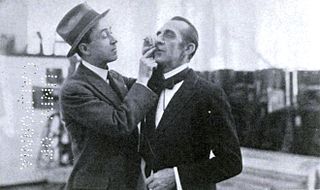
John Emerson was an American stage actor, playwright, producer, and director of silent films. Emerson was married to Anita Loos from June 15, 1919, until his death, and prior to that the couple had worked together as a writing team for motion pictures. They would continue to be credited jointly, even as Loos pursued independent projects.

The Mystery of the Leaping Fish is a 1916 American short silent comedy film starring Douglas Fairbanks, Bessie Love, and Alma Rubens. Directed by John Emerson, the story was written by Tod Browning with intertitles by Anita Loos. A parody of Sherlock Holmes fiction, the film addresses the topic of narcotics in a very light comedic way.

The Americano is a 1916 American silent adventure / romantic comedy film directed by John Emerson and stars Douglas Fairbanks in his last production for Triangle Film Corporation. Based on the novel Blaze Derringer, by Eugene P. Lyle, Jr., the scenario was written by John Emerson and Anita Loos who also wrote the film's intertitles. The film was re-released by S.A. Lynch Enterprises on August 21, 1923. Three 16mm prints and one 8mm print of the film still exists. Set in a fictional South American country of Paragonia, it has been described as one of a group of films that supported United States imperialism by providing support to the idea of manifest destiny.
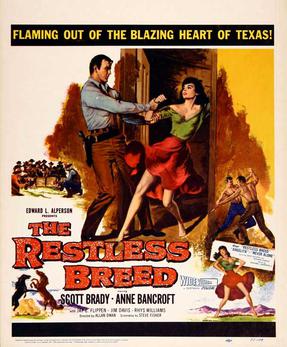
The Restless Breed is a 1957 Western film, directed by Allan Dwan and starring Scott Brady and Anne Bancroft.

Flirting with Fate is a 1916 American film directed by Christy Cabanne and starring Douglas Fairbanks. It was produced by the Fine Arts Film Company and distributed by Triangle Film Corporation.
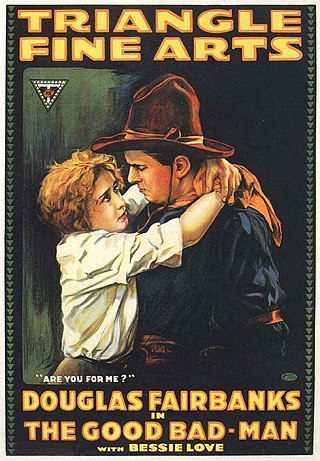
The Good Bad-Man is a 1916 American silent Western film directed by Allan Dwan. The film was written by Douglas Fairbanks, and produced by Fairbanks and the Fine Arts Film Company. It stars Fairbanks and Bessie Love.

Reggie Mixes In, also known as Facing the Music, is an American 1916 silent action/comedy-drama film starring Douglas Fairbanks and directed by Christy Cabanne. The film was produced by Fine Arts Film Company and distributed by Triangle Film Corporation. The film is extant and in the public domain.

The Habit of Happiness is a 1916 American silent comedy film directed by Allan Dwan and filmed by cinematographer Victor Fleming. The film was written by Allan Dwan and Shannon Fife from a suggestion by D. W. Griffith and stars Douglas Fairbanks. A 16mm print of the film is preserved in a private collection.
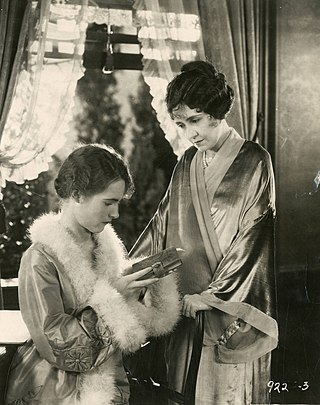
Padlocked is a 1926 American silent drama film directed by Allan Dwan and written by Rex Beach, Becky Gardiner, and James Shelley Hamilton. The film stars Lois Moran, Noah Beery Sr., Louise Dresser, Helen Jerome Eddy, Allan Simpson, Florence Turner, and Richard Arlen. The film was released on August 2, 1926, by Paramount Pictures.
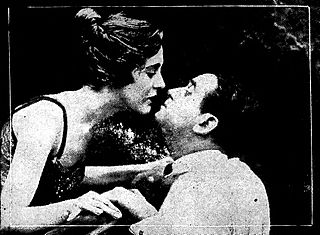
Manhattan Madness is a 1916 silent film comedy directed by Allan Dwan and starring Douglas Fairbanks. It was produced by Fine Arts Film Company and distributed by Triangle Film Corporation.
Fine Arts Film Company produced dozens of movies during the silent film era in the United States. It was one of the film production studios in Triangle Film Corporation, each run by one of the parent company's vice-presidents: D. W. Griffith, Thomas H. Ince, and Mack Sennett. Fine Arts was Griffith's studio and was located on Sunset Boulevard. It was often billed as Triangle Fine Arts.
Jean Hathaway was a Hungarian-born Belgian and American stage and silent film actress, singer, and claimed to be a Belgian Marquise though marriage. Her career began on the vaudeville circuit; and by 1908 she was an early star of Allan Dwan's American Film Manufacturing Company. After her marriage in 1894, she also went by the names Marquise Lillie de Fiennes and Jane Hathaway.
















